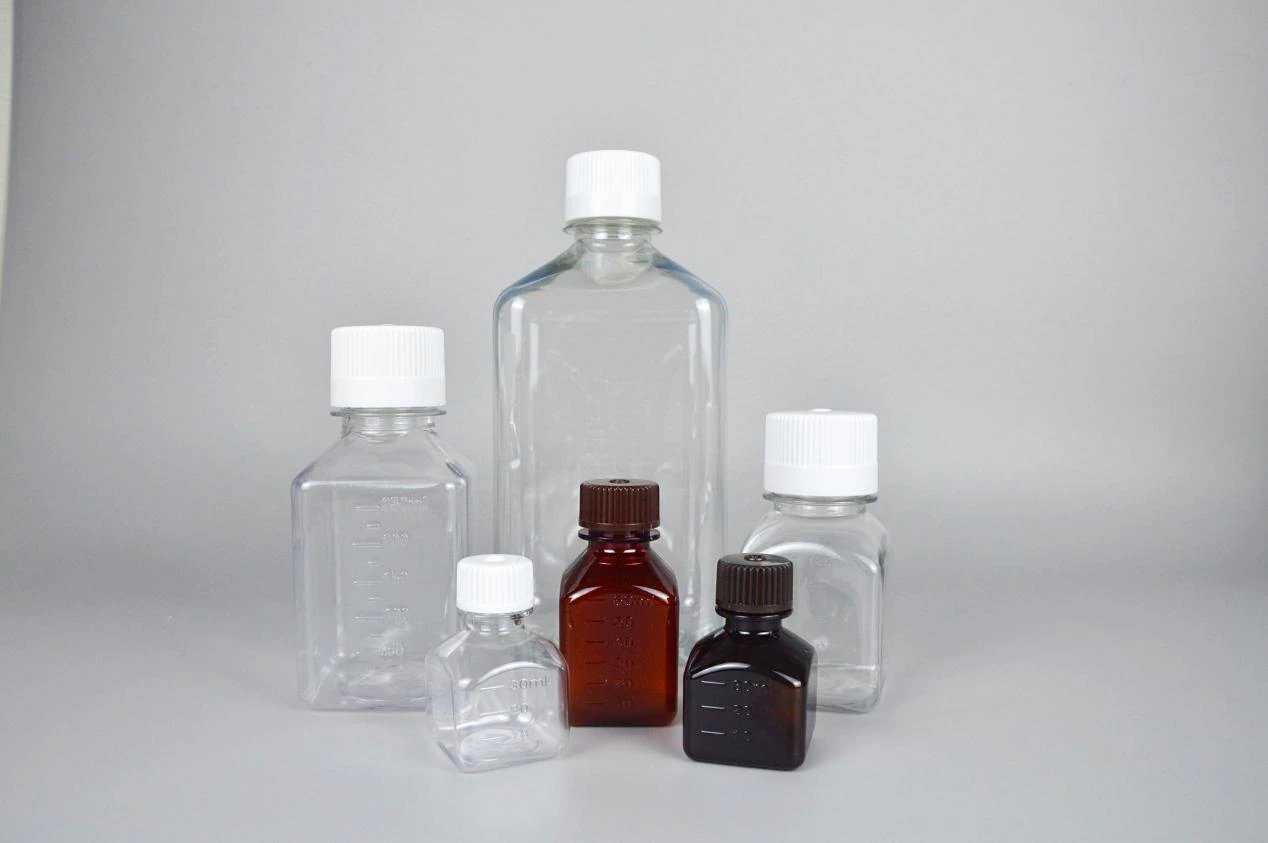mycology lab supplies
Mycology Lab Supplies Essential Tools for Fungal Research
Mycology, the study of fungi, is a fascinating and multifaceted field that plays a crucial role in various sectors, from agriculture to pharmaceuticals. To conduct effective research in mycology, a variety of specialized lab supplies are necessary. This article will explore some of the essential tools and equipment required for a mycology lab, highlighting their significance in fungal research.
1. Culturing Equipment
At the heart of mycology research is the ability to culture fungi. This requires sterile petri dishes, culture media, and inoculating loops. Petri dishes provide a controlled environment for fungal growth, while culture media, such as agar plates, offer the necessary nutrients for fungal development. Various types of media are used depending on the specific fungi being studied – for instance, Potato Dextrose Agar (PDA) is ideal for growing a wide range of fungal species. Inoculating loops, usually made of metal or plastic, are used to transfer fungal spores and cultures onto the agar plates, ensuring an effective and sterile environment for growth.
2. Incubators
Once fungi are cultured, they need to be incubated at specific temperature and humidity levels to promote optimal growth. Incubators are essential for maintaining these controlled conditions. The ability to set precise temperature and humidity levels allows researchers to mimic natural environments or induce specific responses from the fungi. Moreover, some incubators come equipped with built-in lighting systems, which can be beneficial for studying phototropic responses in certain fungal species.
3. Sterilization Equipment
Sterilization is critical in mycology to prevent contamination that can compromise research results. Autoclaves are often used in mycology labs to sterilize growth media, tools, and equipment by employing high-pressure steam at elevated temperatures. Additionally, laminar flow hoods provide a sterile workspace for handling fungal cultures. These hoods filter incoming air, creating a clean environment that minimizes the risk of contamination during experiments.
4. Microscopes
mycology lab supplies

Microscopy plays a vital role in identifying and studying fungi. A good quality microscope allows researchers to observe fungal morphology, hyphae (the thread-like structures that make up the mycelium), and spores in detail. Compound microscopes are commonly used for examining smaller fungi, while stereomicroscopes provide a three-dimensional view of larger specimens. Advanced imaging techniques, such as fluorescence microscopy, can also be employed to study specific characteristics of fungi at the cellular level.
5. Identification Tools
Precise identification of fungal species is critical in mycology. Identification tools like DNA barcoding kits and molecular biology tools, including PCR machines, are invaluable for analyzing genetic material. These technologies enable researchers to distinguish between closely related species, assess genetic diversity, and track fungal evolutionary relationships. Additionally, field guides and taxonomic keys are essential for manual identification based on morphological characteristics.
6. Safety Equipment
Working with fungi, especially those that may be pathogenic, necessitates robust safety measures. Personal protective equipment (PPE) such as gloves, lab coats, and goggles are essential to protect researchers from exposure to harmful spores and fungal toxins. Biosafety cabinets provide a contained environment for working with potentially hazardous fungi, ensuring that any aerosols or spores generated during handling do not escape into the laboratory environment.
7. Data Management and Software
In modern mycology research, data management is increasingly important. Software tools for data collection, analysis, and visualization help researchers organize their findings and collaborate with others. These tools enable the compilation of extensive datasets, which can include growth rates, genetic sequences, and ecological interactions involving fungi. Such data is crucial for advancing understanding and application of fungal research in various domains.
Conclusion
Mycology, a discipline with broad implications, relies on a well-equipped laboratory to enhance research capabilities. The tools and supplies outlined here are indispensable for growing, studying, and identifying fungi accurately. As the field of mycology continues to evolve, advancements in technology and new laboratory supplies will play a key role in uncovering the complexities and potential applications of the fungal kingdom. Proper investment in mycology lab supplies not only enhances research productivity but also fosters innovation in this intriguing and essential field.
-
Aesthetic Makeup Spray Bottles | Fine Mist Empty RefillableNewsAug.19,2025
-
White Plastic Veterinary Vaccine Vials | Lab Liquid BottlesNewsAug.18,2025
-
Plastic Medicine Liquid Bottle: Secure Flip Top Drug VialsNewsAug.17,2025
-
Durable 250ml Blue Plastic Vaccine Vial for Lab & Vet UseNewsAug.16,2025
-
Sterile Virus Sample Tubes: Secure & Reliable Specimen CollectionNewsAug.15,2025
-
White 250ml Plastic Vaccine Vial for Lab & Vet MedicineNewsAug.14,2025
























